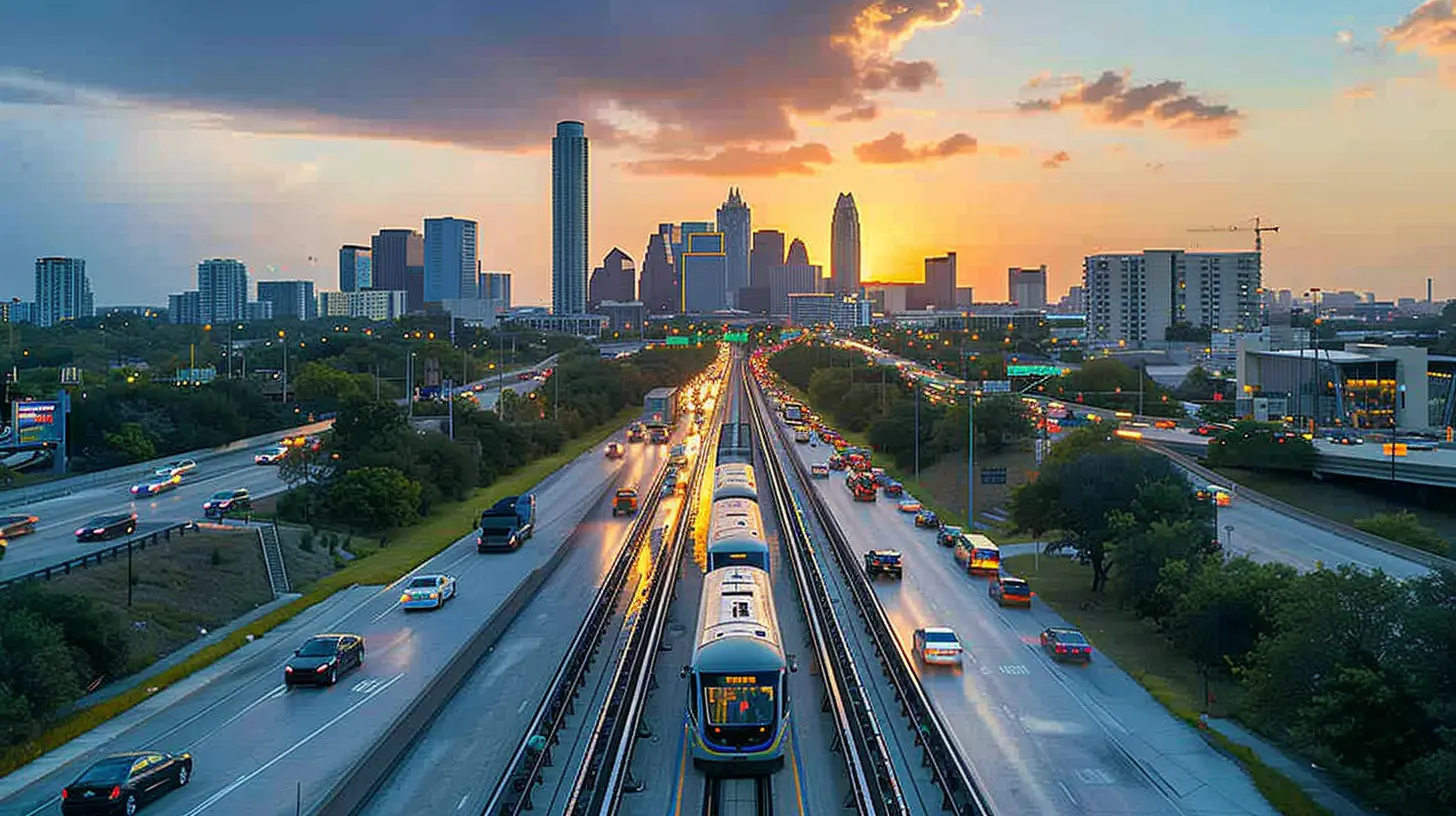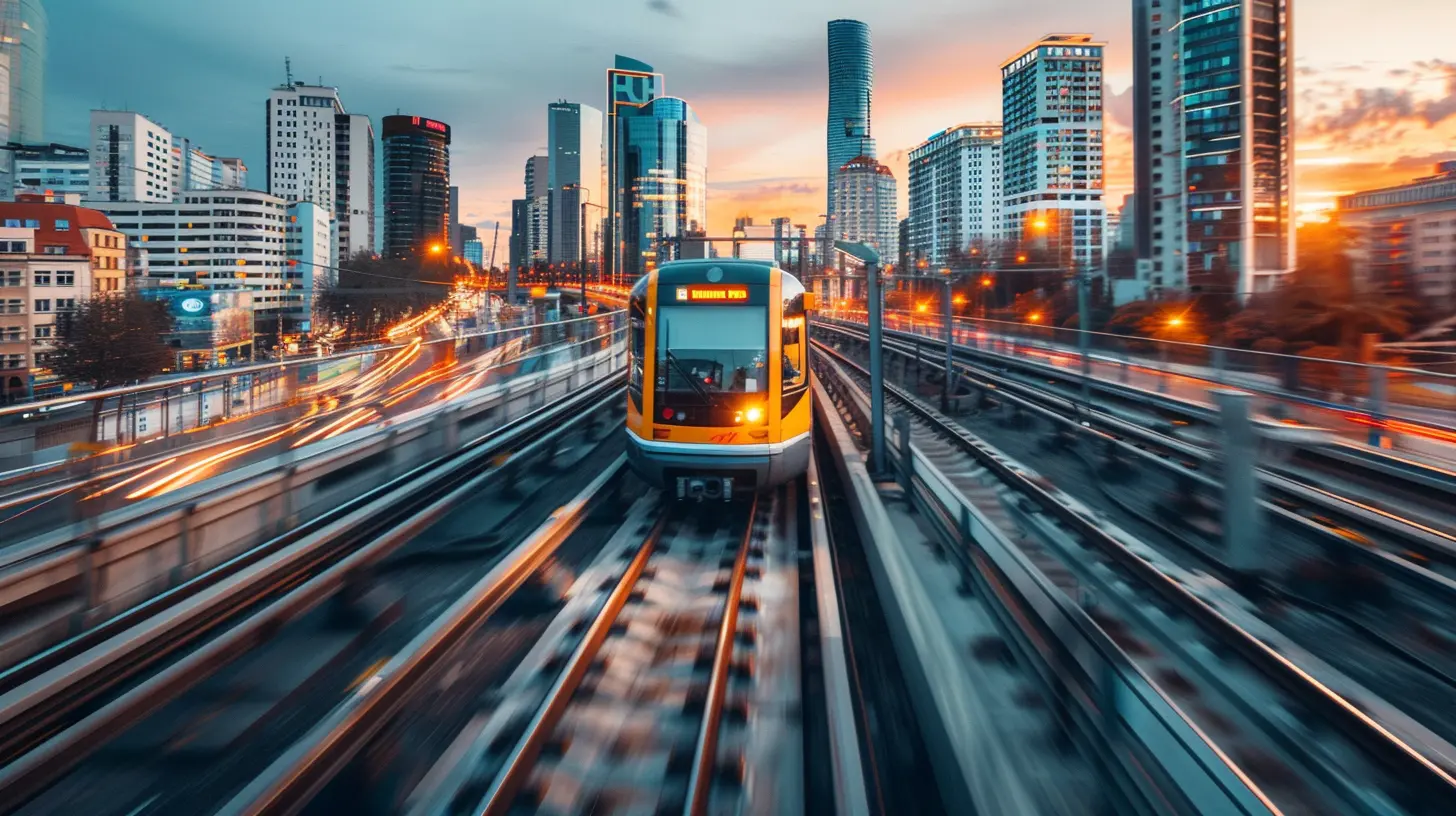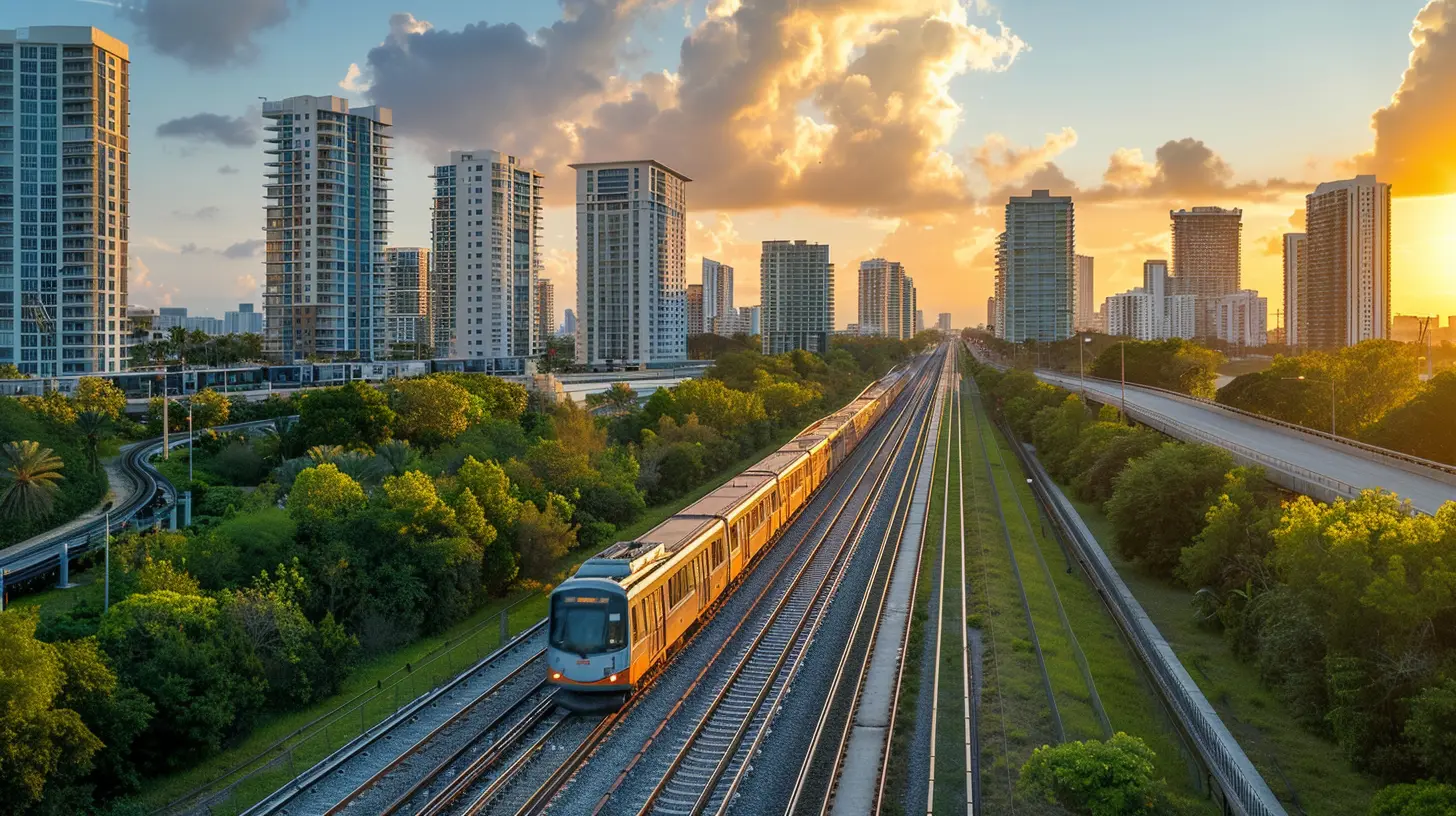Affordable Housing and Its Relationship to Public Transportation
18 August 2025
Ah, affordable housing—the unicorn of the real estate world. Everyone wants it, but when you go searching, it’s either non-existent or located so far from civilization that even pigeons refuse to roost there. But, dear reader, what if I told you that the secret sauce to actually making affordable housing livable lies in one simple factor? Public transportation.
That’s right! The magical, sometimes overcrowded, often delayed but still essential system of buses, trains, and subways could be the key to ensuring people can live affordably without sacrificing their sanity (or their entire paycheck on gas). So, let’s break it down and take a cheeky look at why public transit and affordable housing are basically a package deal. 
Why Affordable Housing and Public Transport Are a Match Made in Heaven
Let's be real—if you manage to snag an “affordable” home but have to drive two hours to work every day, is it really affordable? Probably not. Cheap rent loses its charm when you're filling up your gas tank every other day and spending more time in traffic than with your family.Public transportation is the great equalizer. It connects people to jobs, schools, and even the occasional overpriced coffee shop they regret visiting. And when affordable housing is built with transit access in mind, it creates a ripple effect of benefits. 
Saving Money: Because Who Doesn't Love That?
Let’s talk about the real reason we all care about this—cold, hard cash. Owning a car isn't just about having a sweet ride; it's a serious expense. Between gas, insurance, maintenance, and the occasional parking ticket (we've all been there), your wallet takes a serious hit.But when you live near reliable public transportation? That financial burden shrinks faster than your motivation on a Monday morning. Studies show that households in transit-friendly areas spend significantly less on transportation—leaving them with more money for, you know, important things like rent, food, or even the occasional vacation. 
The Commute Crisis: Cutting Down on Time Sucking Black Holes
Ah, the daily commute. A time for reflection, existential dread, and questioning why you didn’t just become a hermit in the woods.For many, commuting from an affordable but isolated home means spending hours in traffic or dealing with an unreliable metro system. But when affordable housing is strategically placed near public transport hubs, suddenly, everything changes. A 90-minute drive turns into a 30-minute train ride where you can actually relax. Imagine that—starting your day without road rage!
Plus, shorter commutes mean more sleep, less stress, and fewer chances of muttering, “I hate this job,” before you even clock in. 
Quality of Life: It’s More Than Just Rent Prices
Affordable housing close to public transit does more than just save money and time—it actually boosts quality of life. We’re talking about easy access to grocery stores, healthcare, entertainment, and even social interactions (yes, some people enjoy talking to strangers).Ever tried living in a "cheap" neighborhood where the nearest grocery store is 10 miles away? Not fun. But with solid transit options, people can access essential services without having to rely on a car. That means fewer headaches, fewer logistical nightmares, and way more freedom to live life on their own terms.
The Environmental Perks: Because Climate Change is Real, People
Let’s talk about something even bigger than our wallets—our planet. Relying on cars for every trip isn’t exactly doing the Earth any favors. The more we drive, the more emissions we pump out, and last time I checked, smog wasn't on anyone’s list of favorite things.Here's where public transportation saves the day. More people using buses, trains, and bikes means fewer cars clogging up the roads and less pollution choking up our air. When affordable housing is built near transit, it encourages people to ditch their cars and hop on a bus instead. And guess what? This tiny change can make a huge difference in reducing carbon footprints.
So yes, living near public transportation isn’t just good for your bank account—it’s also a mini victory for Mother Nature.
The Challenges: Because Nothing This Good Comes Easy
Of course, we’d love to paint a perfect picture where affordable housing and public transit magically fix everything. But let’s be honest—there are challenges.For starters, many cities treat affordable housing and public transportation like the awkward couple that refuses to sit next to each other at dinner. Policymakers drag their feet, developments get delayed, and before you know it, a shiny new luxury condo pops up instead of the affordable housing people actually need.
Then there’s the issue of public transit funding. If you've ever waited 45 minutes for a bus that never came, you know that transit systems aren’t exactly swimming in gold. Without proper investment, even the best-designed housing initiatives can crumble under the weight of unreliable transportation.
Solutions Worth Talking About
Thankfully, not all hope is lost. There are smart ways to make affordable housing and public transit actually work together, and cities that get it right are proof of that.1. Transit-Oriented Development (TOD) – Fancy term, simple concept. This means designing neighborhoods around public transit, not the other way around. Mixed-use spaces, walkable streets, and easy access to bus and train stations? Yes, please.
2. Government Incentives – Tax breaks and subsidies for developers who prioritize transit-accessible affordable housing? Sounds like a win-win.
3. Better Public Transit Investment – Because what’s the point of living near a train station if the train only shows up once an hour? Reliable service is key to making this whole system work.
4. Community Involvement – People should actually have a say in where and how affordable housing gets built. Crazy thought, right?
Final Thoughts: Can We Please Get This Right?
Affordable housing and public transportation aren’t just two random concepts floating in the void—they need each other. It’s a relationship that, when done right, benefits everyone. Lower costs, shorter commutes, less pollution, and an overall better quality of life? Sign me up.But for this magic combo to work, cities actually need to prioritize it. No more endless delays, no more building luxury condos disguised as “affordable housing,” and no more underfunded transit systems.
Because at the end of the day, everyone deserves a place to call home without having to sacrifice their paycheck—or their sanity—just to get to work.
all images in this post were generated using AI tools
Category:
Affordable HousingAuthor:

Vincent Clayton
Discussion
rate this article
1 comments
Pamela Campbell
Great insights! Public transport is essential for affordable housing.
September 11, 2025 at 6:45 PM

Vincent Clayton
Thank you! I completely agree—public transport significantly enhances access to affordable housing options.


